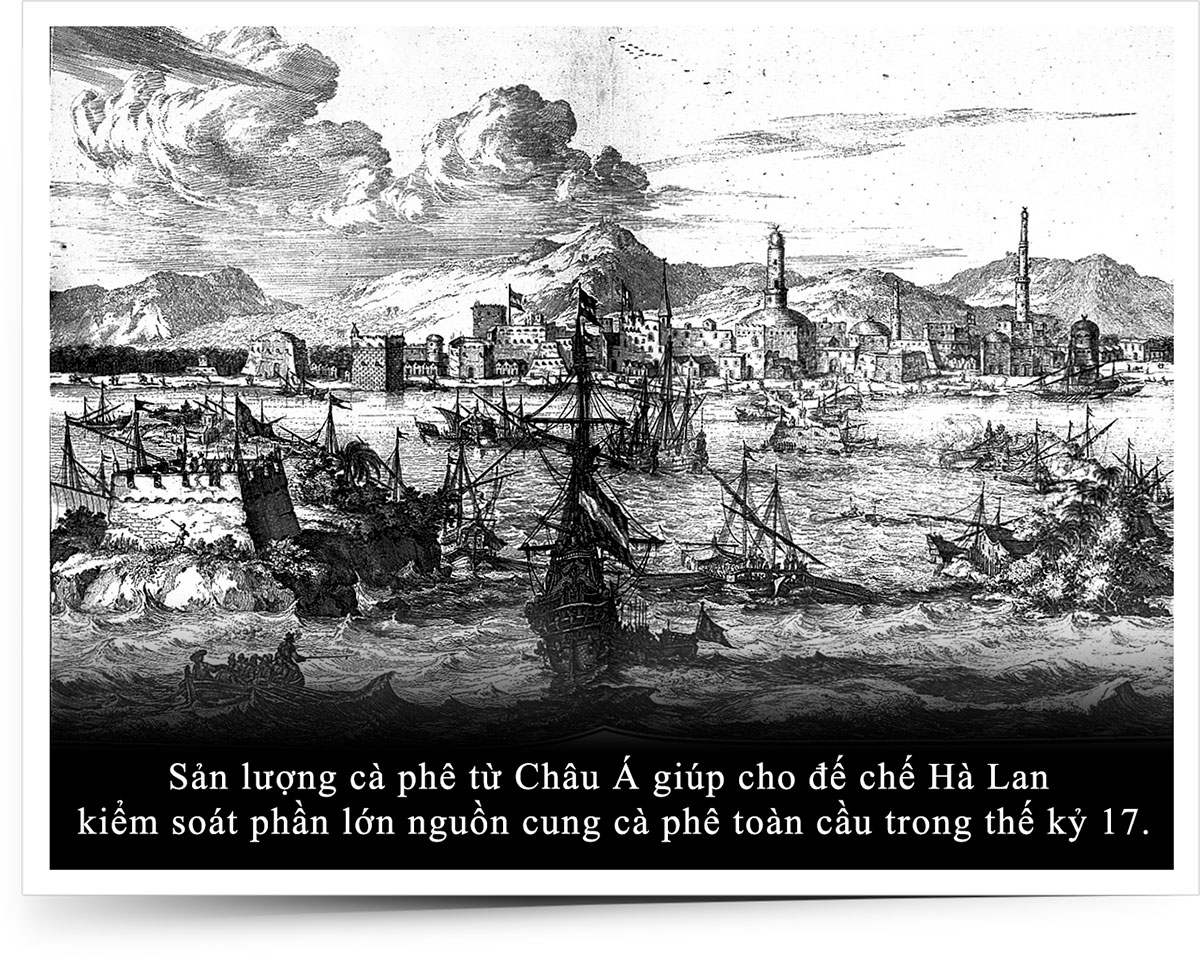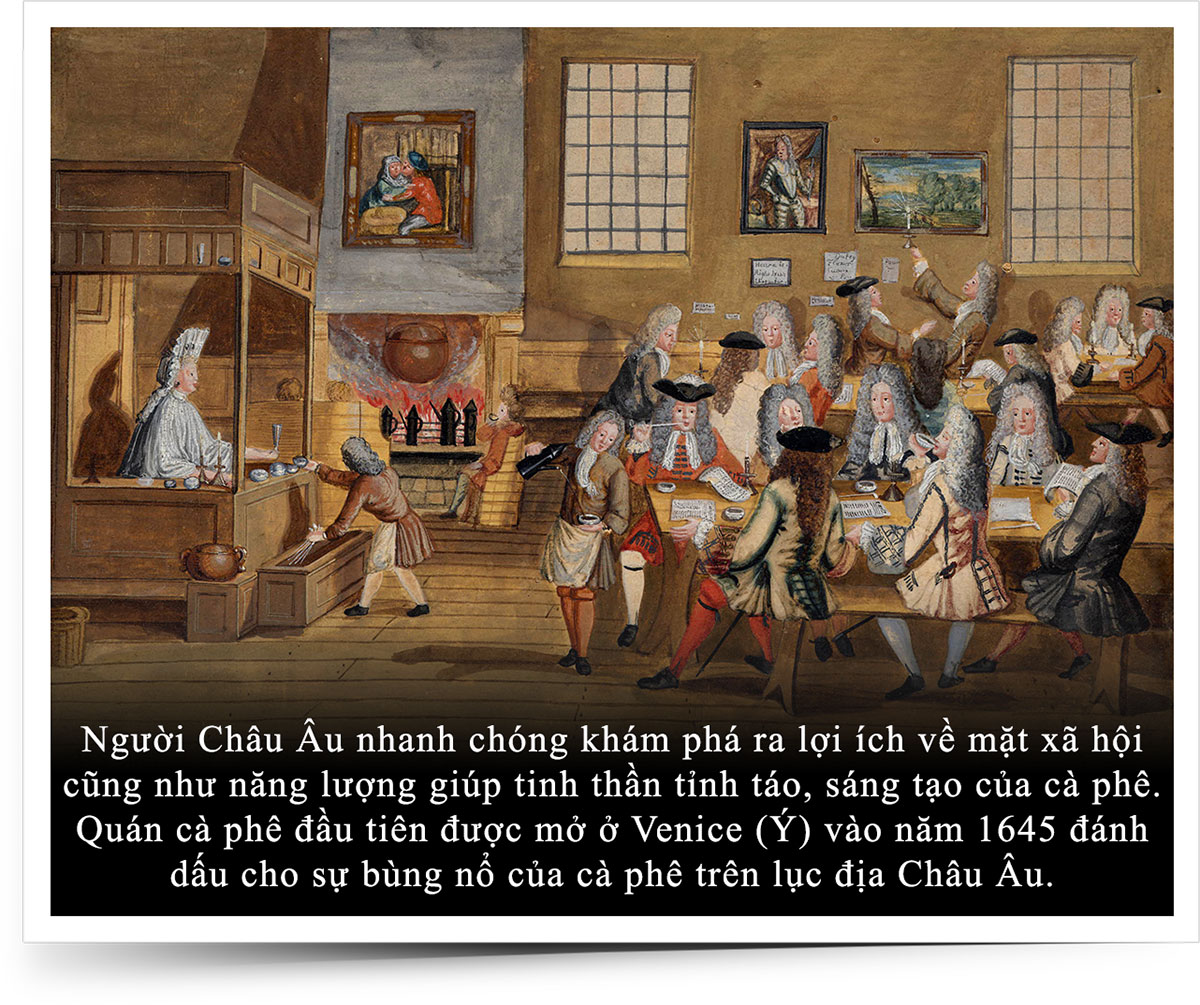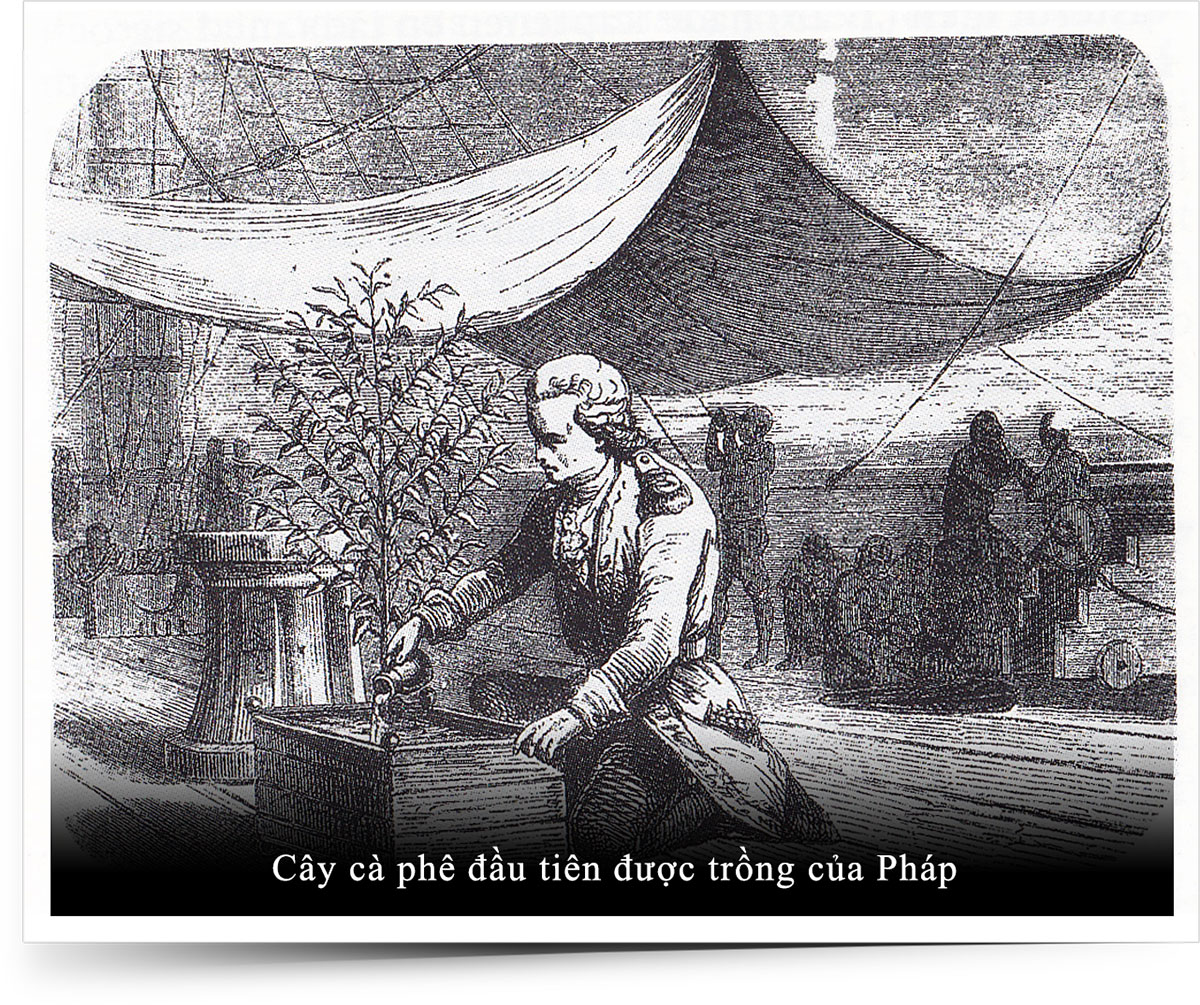Article 4: Coffee and journey of conquering the globe
Historically, coffee was considered a catalyst to most of the inventions, innovations, as well as a commodity that changed the entire economic landscape of several countries. And today, coffee has really been regarded as the energy source for the brain, the blood of the intellectual economy, the creative economy of several societies.
The Japanese have positioned the Tea Ceremony as a national ethic, an art of living conveyed through enjoying a cup of tea. Meanwhile, Vietnam – a coffee powerhouse in the world, has the best Robusta coffee beans in the world, has a long herritage of coffee culture for hundreds of years; and yet, Vietnamese coffee is still in the low-end market segment, mainly exported raw and has not been properly positioned as it should be in the perspective of an industry and a nation.
With the desire to bring Vietnam’s coffee industry to a new level, pitching the value of coffee not only as a common drink but as cultural coffee, art coffee, spiritual coffee… all the way to philosopher’s coffee, worthy of the status of the world’s coffee powerhouse – Trung Nguyen Legend Group has dedicated time and passion for many years researching history, culture, art… coffee from all walks of life so that coffee could be become “Coffee of Philosophy”.
On the Trung Nguyen Legend’s creative and development journey, the spirit of commitment to serving the community has always been at the core throughout with many initiatives to Create Great National Aspirations and Great National Intentions; in order to reposition Vietnam’s coffee industry on the world coffee map and on this journey, Trung Nguyen Legend wishes to join hands with national strategists so that Vietnam will soon become a strong nation that influences the world!
The Japanese did it!
The Vietnamese can do it too and do it better!
Asia’s Role in Coffee History
In 1616, the Dutch, dominating maritime trade around the world back then, brought a coffee plant from Eden (a port city of Yemen) to plant in Ceylon (Sri Lanka). However, due to unsuitable soil and climatic conditions, they failed the first trial. After that, the Dutch continued to bring precious coffee beans and sowed them in the Java-Indonesia islands. Coffee trees grew well here and expanded to Sumatra, Celebes, Timor, Bali. Coffee production from Asia enabled the Dutch empire to control over the majority of the global coffee supply in the 17th century.

Coffee production from Asia enabled the Dutch empire to control over the majority of the global coffee supply in the 17th century.
Conquering and changing Europe
Introduced to Europe in the 17th century, the special beverage of the Arabian region encountered strong condemnation from Christian clerics. Pope Clement VIII tasted the Muslim beverage and exclaimed, “this Satan’s drink is so delicious that it would be a pity to let the infidels have exclusive use of it”. The Pope then had it baptized and declared coffee a Christian drink.

Europeans quickly discovered the social benefits of coffee as well as its energy boosting effect for mental alertness and creativity. The first coffee shop was opened in Venice (Italy) in 1645 marking the booming of coffee on the European continent.
Crossing the Atlantic towards America
In 1714, the coffee tree was used by the Dutch as a diplomatic gift to King Louis XIV of France and was planted by the French in the Royal Botanical Garden of Paris. A captain of the French Navy stationed in Martinique happened to be visiting Paris. The captain brought the coffee seedlings to the Caribbean, where conditions were ideal for growing coffee. Experiencing countless challenges: pirates, storms, equatorial climates… on the journey across the Atlantic, the coffee tree finally took root in Martinique, officially cultivated in the territories of Central and South America.

The first coffee plant grown in France
THE REAL COFFEE
ROASTED ONLY FOR PEOPLE OF WISDOM!
Source: “The Philosophical Way of Coffee” – copyright by Trung Nguyen Legend


